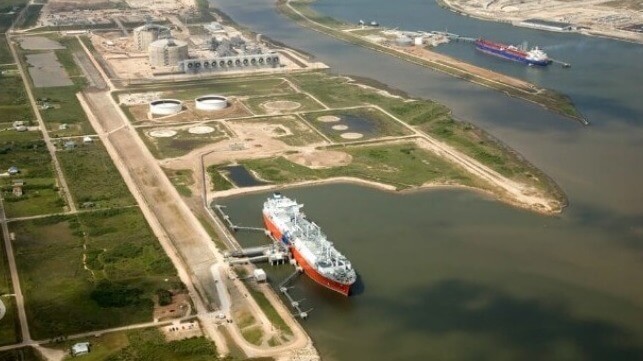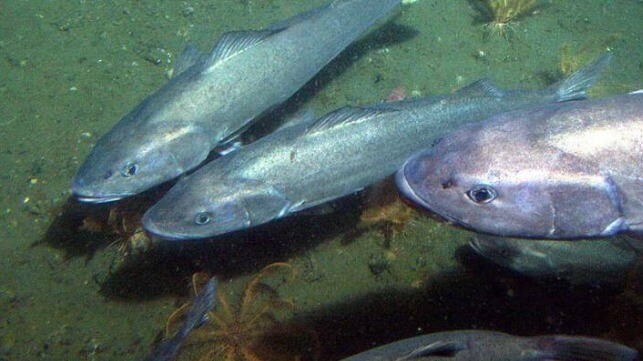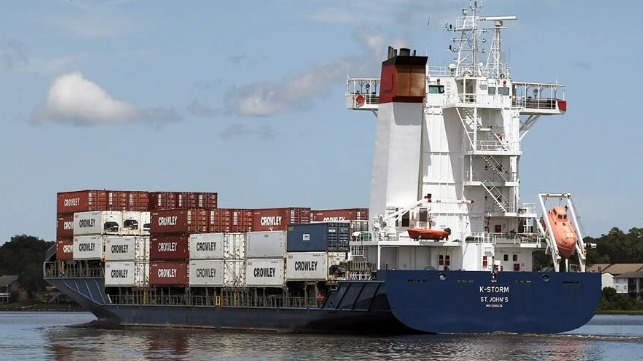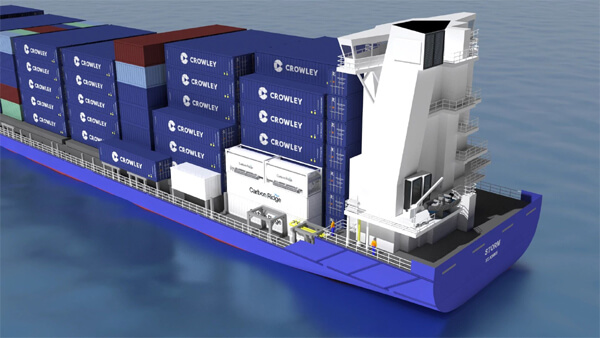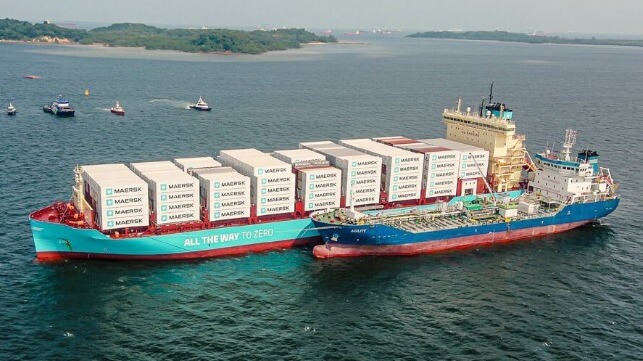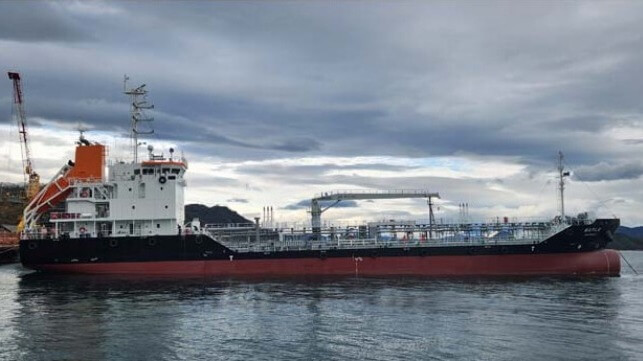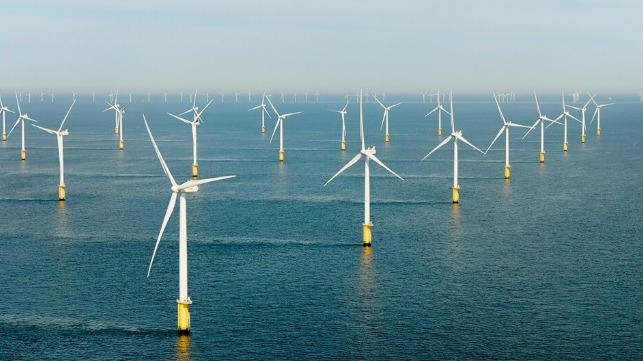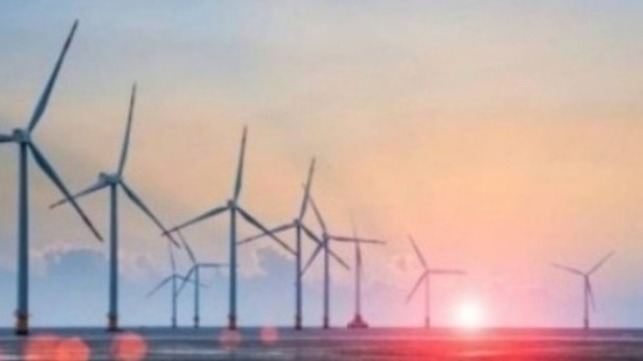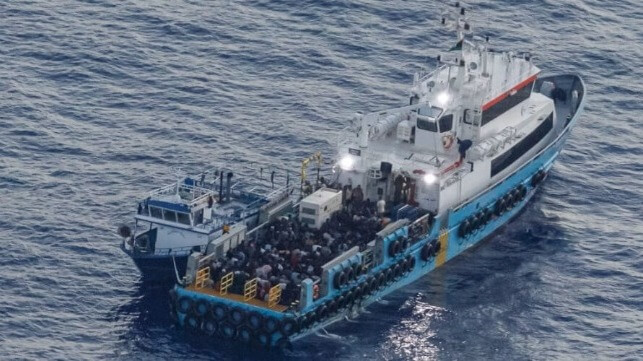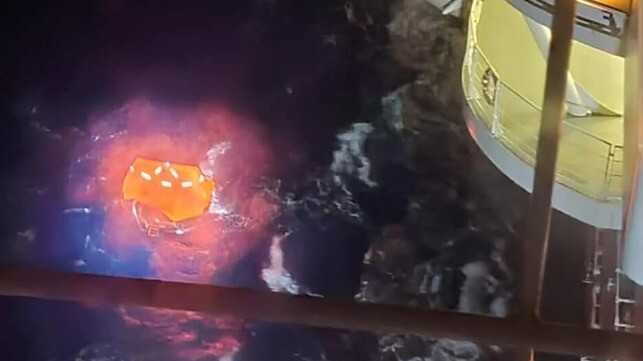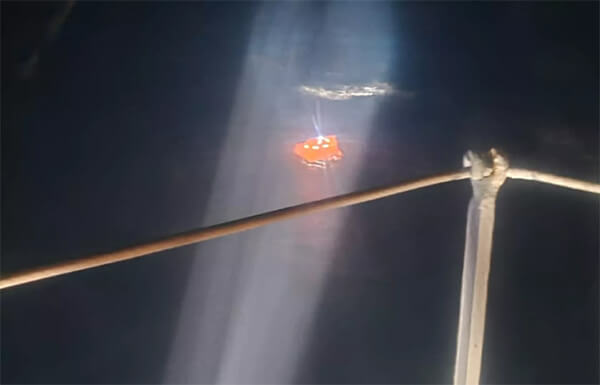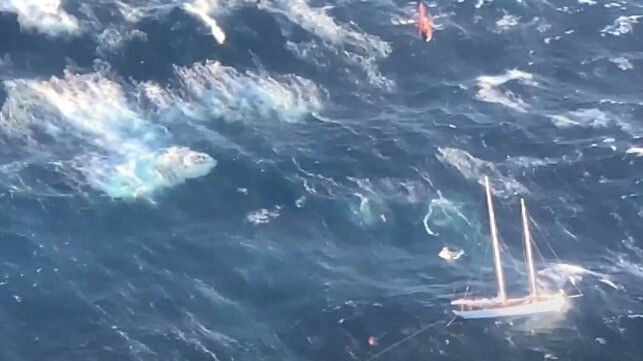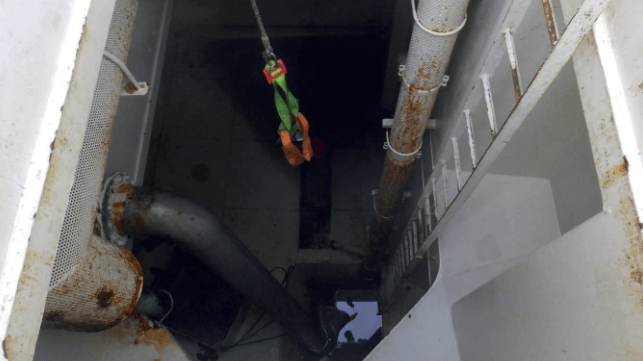U.S. Coast Guard Under Pressure From Congress Over Abuse Investigations
Operation Fouled Anchor and the Culture of Respect Report are getting attention in the House and Senate
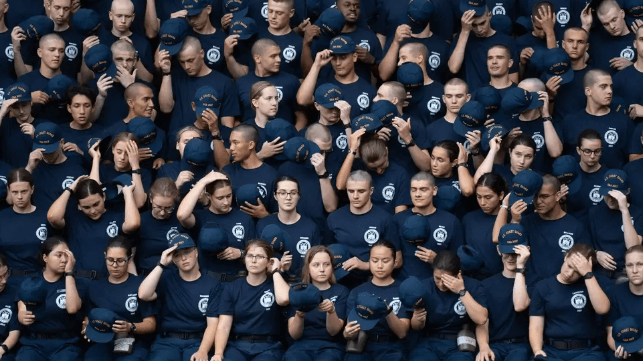
The U.S. Coast Guard is coming under increasing pressure from the Senate Homeland Security Subcommittee, which wants to get hold of the agency's past email correspondence about a long-hidden investigation into sexual assault at the Coast Guard Academy. Subpoenas may be coming soon, according to chairman Sen. Richard Blumenthal (D-CT), along with requests for past leaders to testify.
On Tuesday, four survivors of sexual assault at USCGA told the subcommittee about their experiences. The testimony spanned decades, and beyond the tragedy of the victims' trauma, it laid out a theme of administrative failure: assault allegations dismissed out of hand, charges against perpetrators dropped or reduced, patterns of abuse noted and shelved. (Of the 102 cases of assault or rape at USCGA identified by Operation Fouled Anchor, five were reported to law enforcement, according to Blumenthal.)
"I have repeatedly witnessed senior leaders dismiss substantiated reports of harassment, assault, abuse and retaliation in order to shield their fellow officer and friends from any form of discipline," said Lt. Melissa McCafferty (ret'd). "There exists a corrosive pattern of sexual assault, harassment, abuse, bullying, intimidation and retaliation."
At the hearing, Sen. Blumenthal and Ranking Member Sen. Ron Johnson (R-WI) both expressed frustration at the pace of the Coast Guard's response, and not just its response to servicemember allegations like McCafferty's. If the USCG does not start to satisfy the Senate's requests for evidence - like emails from the era of Operation Fouled Anchor - it may expect to see subpoenas soon, Sen. Blumenthal said.
“It is not that hard to go into emails, do searches and start producing some of these documents,” Sen. Johnson added. “What were those communications that resulted in this three-and-a-half-year cover-up?”
Johnson also called for "naming and shaming" those responsible. "It's pretty obvious what has to be done," he said. "You can only talk about improving culture for so long before you actually start doing it, and the only way to do it is accountability."
More scrutiny may be coming from the House Oversight Committee, which said Friday that it will open a probe into "mishandling of serious misconduct," as well as the "withholding of internal investigations" by Coast Guard leadership. Oversight Chair Rep. Jim Comer (R-KY) said in a statement that his inquiry will be looking at the so-called Culture of Respect report, a service-wide inquiry into misconduct in the force that dates back to 2015. It was first released to the public last week
